Cotton Fest Comes To Cape Town, And It’s Going To Be Wild
It’s hard to imagine that in relative terms, Cotton Fest has only just arrived on the scene. Its impact on the musical and cultural wave in South Africa is already phenomenal; consolidating into one space the pulsing heartbeat of hip hop, rap, pop culture, fashion and creativity emanating from the new generation, right through to the OGs who have a thing or two to teach. The first Cotton Fest was launched in 2019 – and stayed alive in the midst of the pandemic with the exception of 2021 – only to return again this year, now with a highly-anticipated entry into Cape Town. 10 December 2022 sees Paarden Eiland Park transformed into ‘University of Cotton Fest’ – this year’s theme – featuring over 100 performers and artists, alongside incredible spaces and installations, designed in partnership with Cotton Fest sponsors. Mother City, brace yourselves.
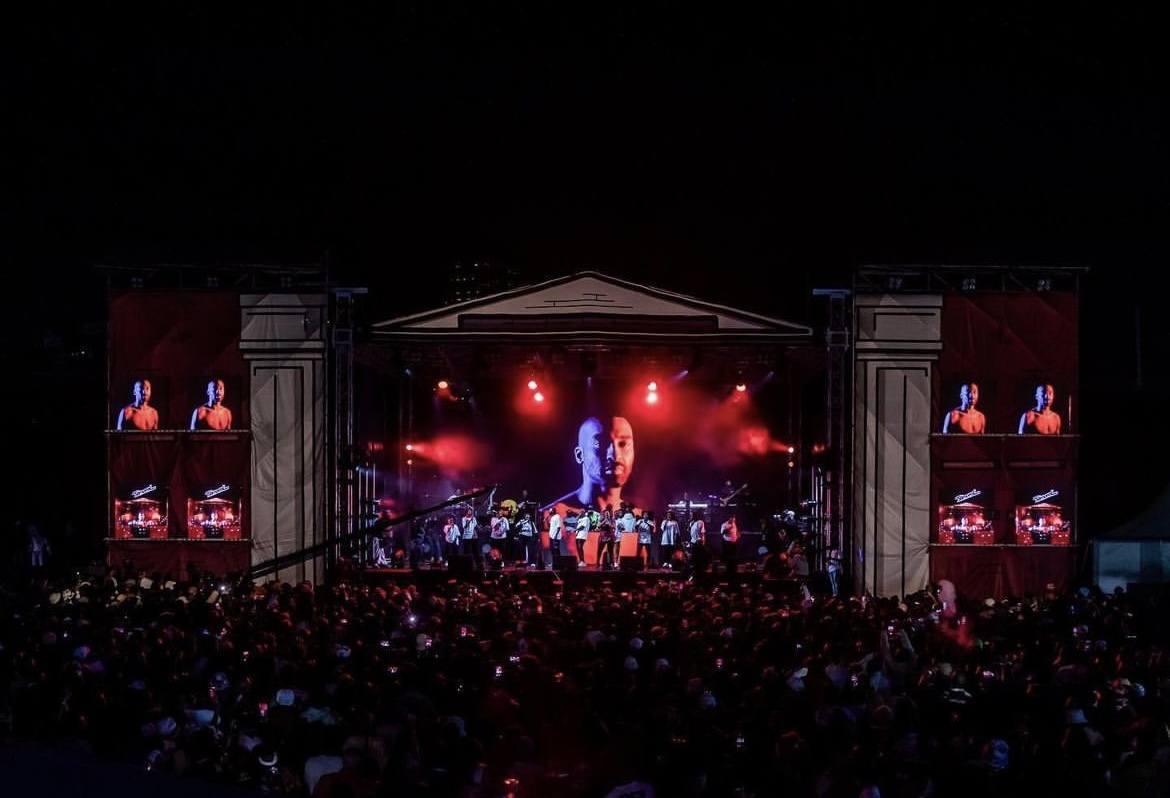
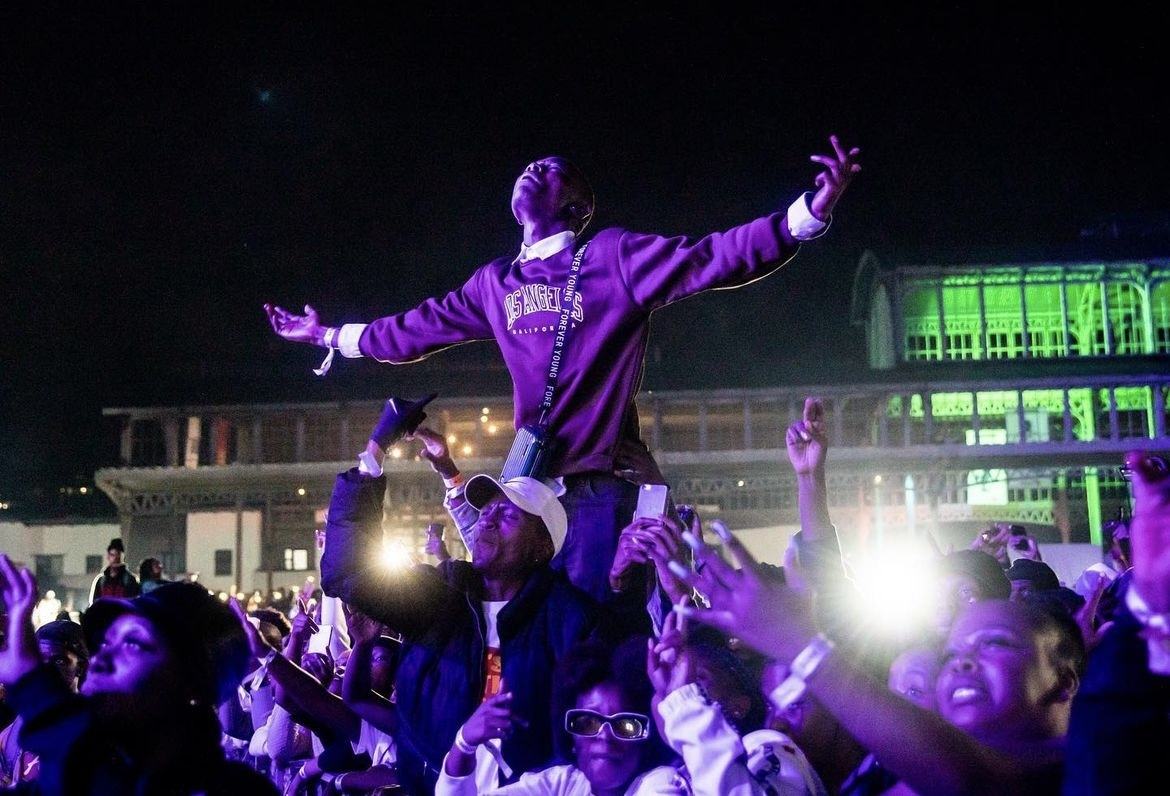
Although Cotton Fest is young, it was forged with the grit and hope of vision of the late Rikhado “Riky Rick” Makhado – who leaves behind an indelible legacy, among it Cotton Fest. Seeded in collaboration with festival producer and maestro, Alain Ferrier, the show must go on; and as Alain tells us in our conversation, that is precisely how the festival had been laid out to be; a concept and story that could live on beyond he or Riky, and that was driven by the community of South African creatives. Alain says, “Cotton Fest has and will always be a collaboration between two people, Riky and myself, primarily with me as the behind-the-scenes production, and with Riky as the creative and ‘the face’. I started in festivals and events in 2006, helping to launch Rocking The Daisies while doing illegal, underground raves in Paarden Eiland with some friends. It was never a career choice – trust me – but it has been my life’s and the thing keeps me on my toes like nothing else can. One of the artists that kept coming through our radar was Riky Rick. We started booking him more and more for shows. From 2012 to 2016, I must have booked him 30 times. We became friends, and there had been this loose conversation for a number of years of doing a festival. In 2018, I called Riky and said look, this is the time to do something celebratory under your banner and guided by your vision – where we could create an environment in which it wasn’t an egotistical festival about him, but rather a concept in which he could gather minds and creatives that he felt needed to be seen or heard. For the culture, you know?” At first, Riky was hesitant – and then one day, he called Alain saying ‘’we need to do it now, this December.”


With Riky Rick’s passing, a wave of heaviness and poignancy rippled through the country; but it could not deter from their initial intention for Cotton Fest, as Alain explains, “When we were conceptualising Cotton Fest, we didn’t want to call it ‘The Riky Rick Show’ – ironically, so that if anything happened to anyone of us, or the format shifted, we could rely on the brand to continue to be built around culture itself, rather than a personality or performer. Naturally, all of the things that we both loved came through; fashion, art, music, street-culture, the kids, Johannesburg as a city. We had very clear job roles, and fed off each other in terms of energy. We launched the first year, and lost shit loads of money – I’m talking shit loads – as you do in your first year where your dreams are not bigger than your pockets.” With this in mind, Cotton Fest is a ground-up and grassroots festival; and it has grown from strength to strength. The first edition in 2019 saw 50 artists perform, then to 100, and now the Joburg festival is a two-day experience with at least 120 performers across three stages. The vision for Cotton Fest is to highlight a range of artists at various stages in their career; from emerging talent, to more established MCs, DJs, trap artists and then towards headliners. This brings many minds under a unified vision; with the festival itself acting as a party, a networking space and a catalyst for growth in the industry.
For the Cape Town edition, the line-up is set to energise the crowds in a big way; with ANATII, A-REECE, blxckie as just some of the headliners; our girl Dee Koala takes the stage too, and CEC’s extended family from Broke such as International Pantsula and Insertcoinz. The line-up is comprehensive, and designed to showcase the diverse cross-pollination of talent across South Africa. Though, a Cape Town hiphop extravaganza wouldn’t be right without the King of Kaapstad himself, YoungstaCPT. Alain tells us that Youngsta has been extremely influential in Cotton Fest coming to the city, saying “Youngsta has been a super supporter of the festival, and he’s come to every single one of our shows. He and Riky had a very special connection, and when Riky passed away – he showed up for us all in a very big way. We felt it was a safe first step for us, after everything that had happened, to go to Cape Town.”
The festival also will host a variety of spaces alongside the musical component; with fashion showcases highlighting young designers, and even street-skating competitions held by Day Marumo of Perfect Weather Skate Foundation. Cotton Fest Cape Town is going to be a decisively exceptional end to our first year recovering from the pandemic – with deep losses and uncertainty – but it’s spaces like this that keep pushing hope, joy and opportunity for this beautiful country. We are here for it.
Get your Cotton Fest CPT tickets HERE!
Written by: Holly Beaton
Published: 29 November 2022
For more news, visit the Connect Everything Collective homepage www.ceconline.co.za

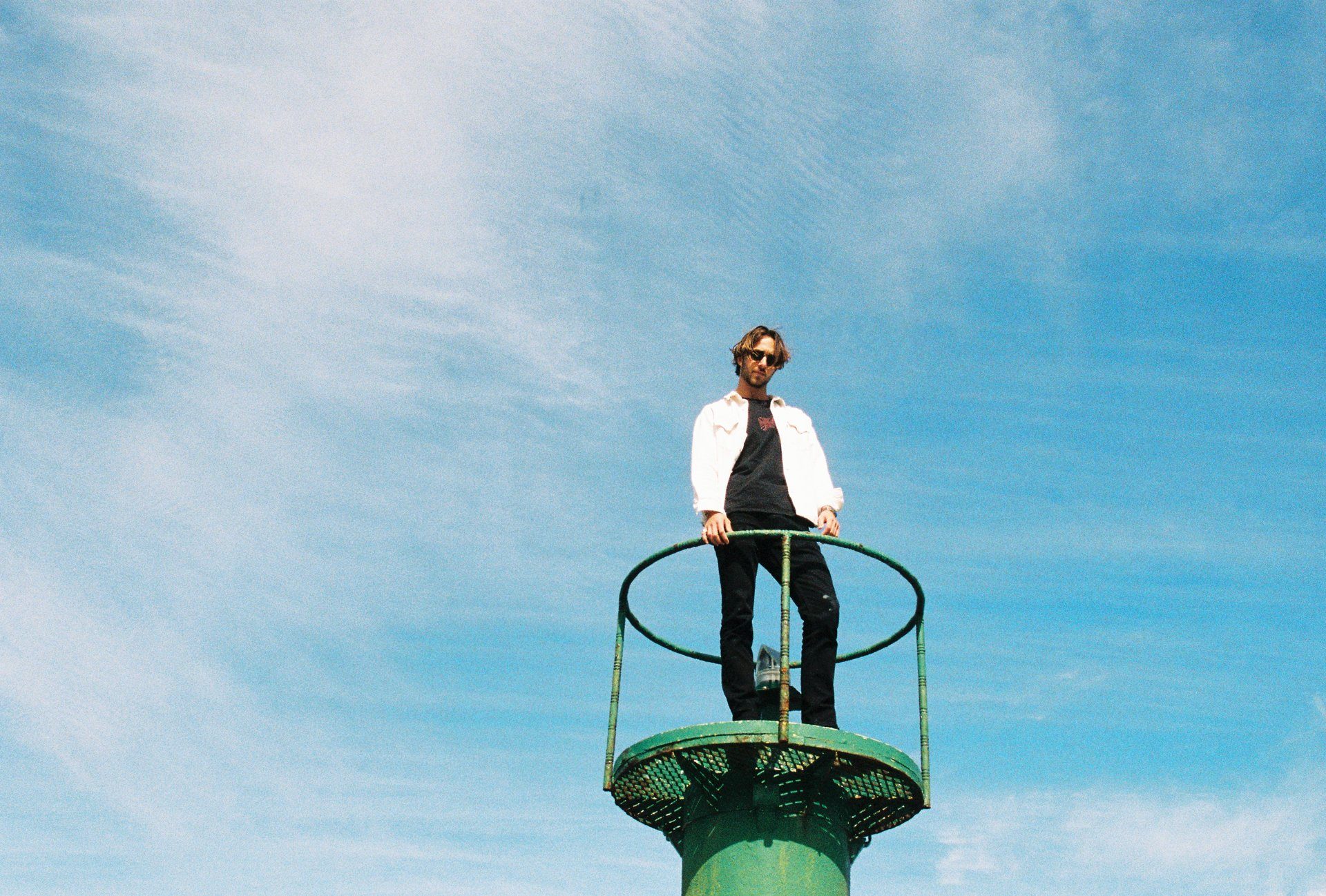
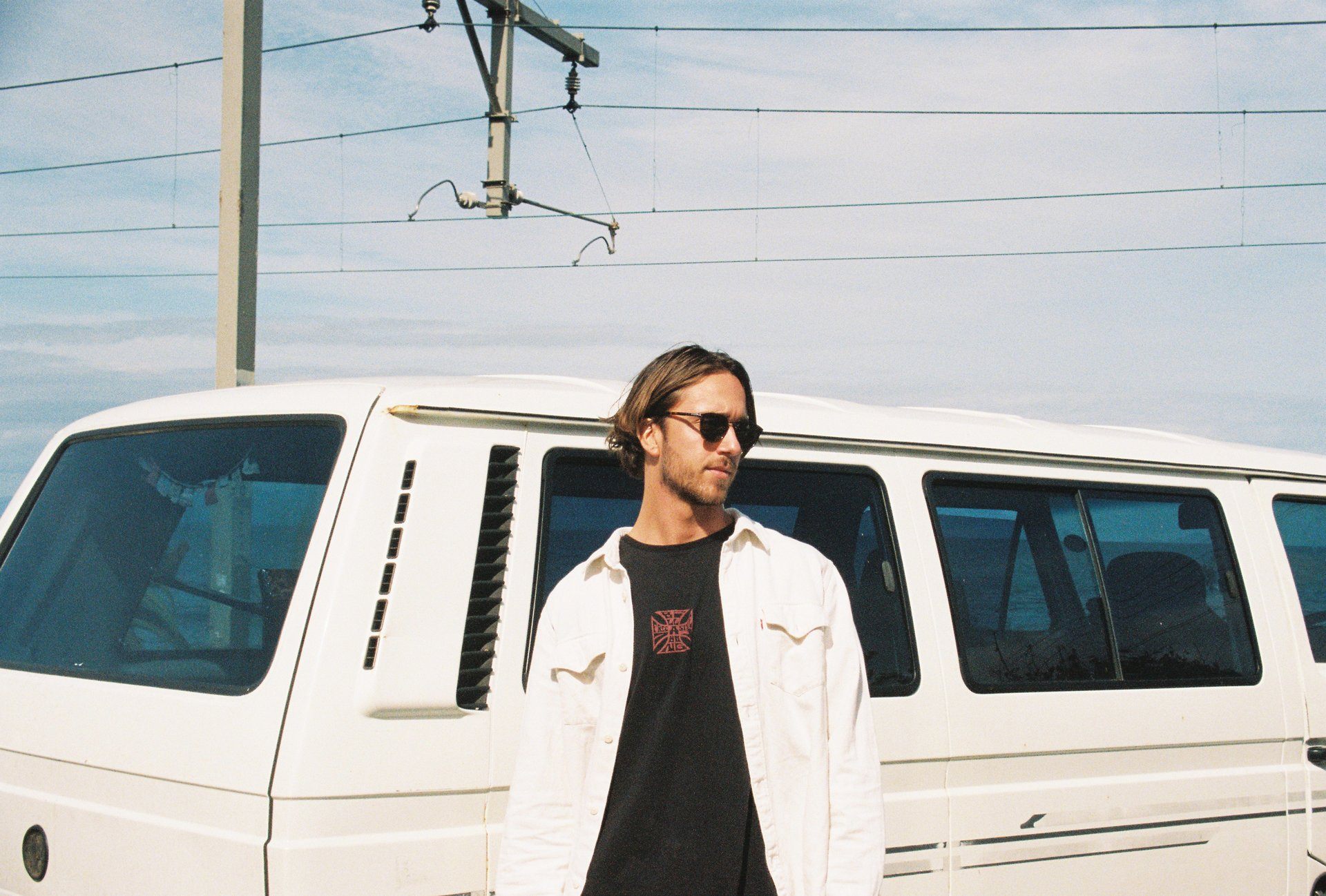
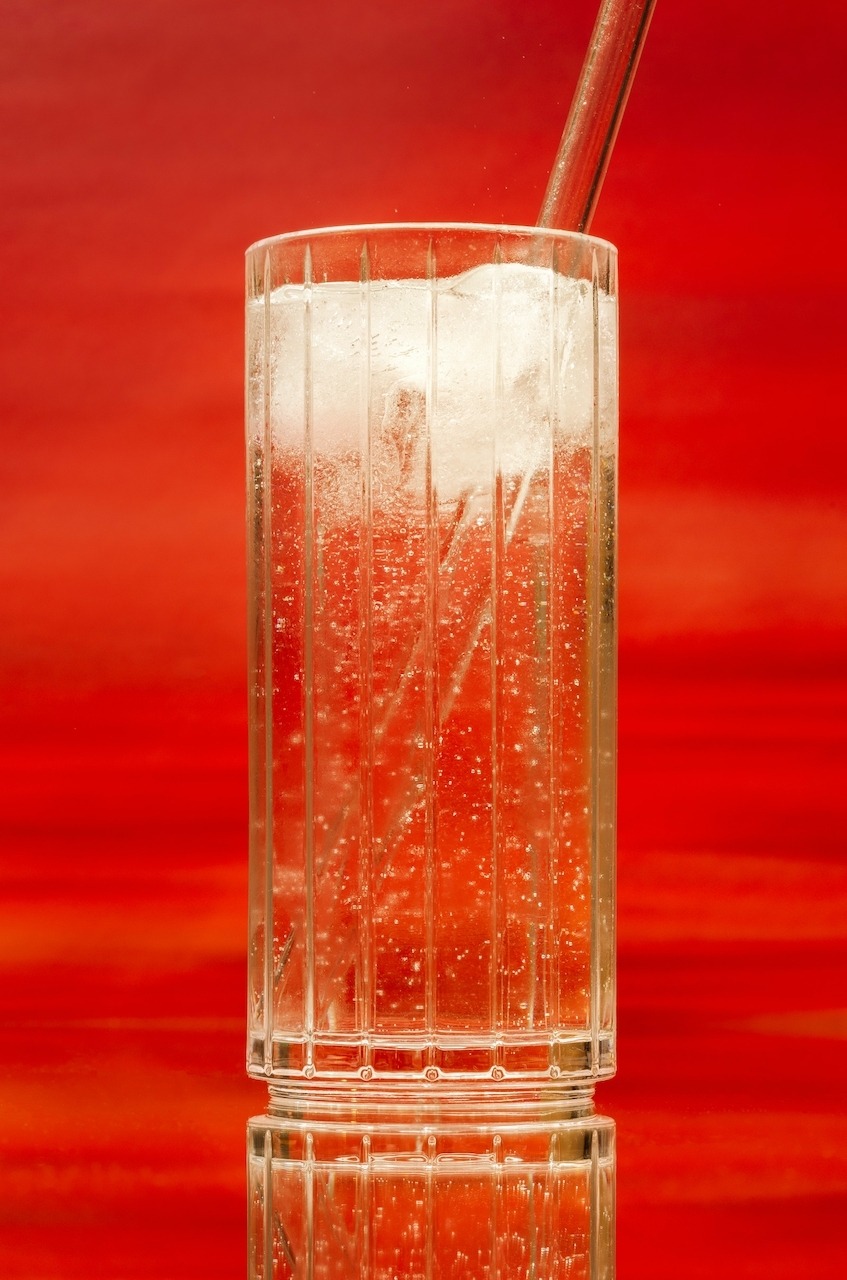
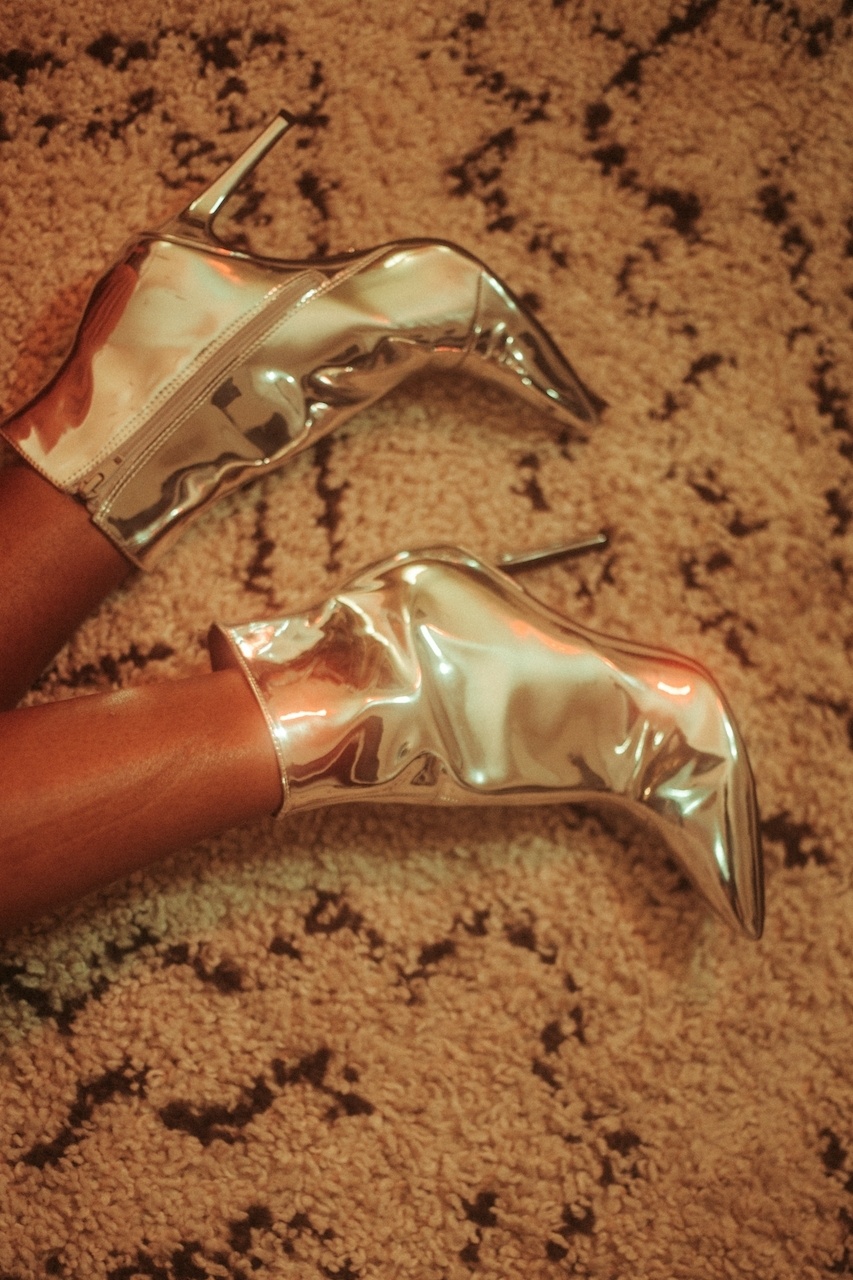
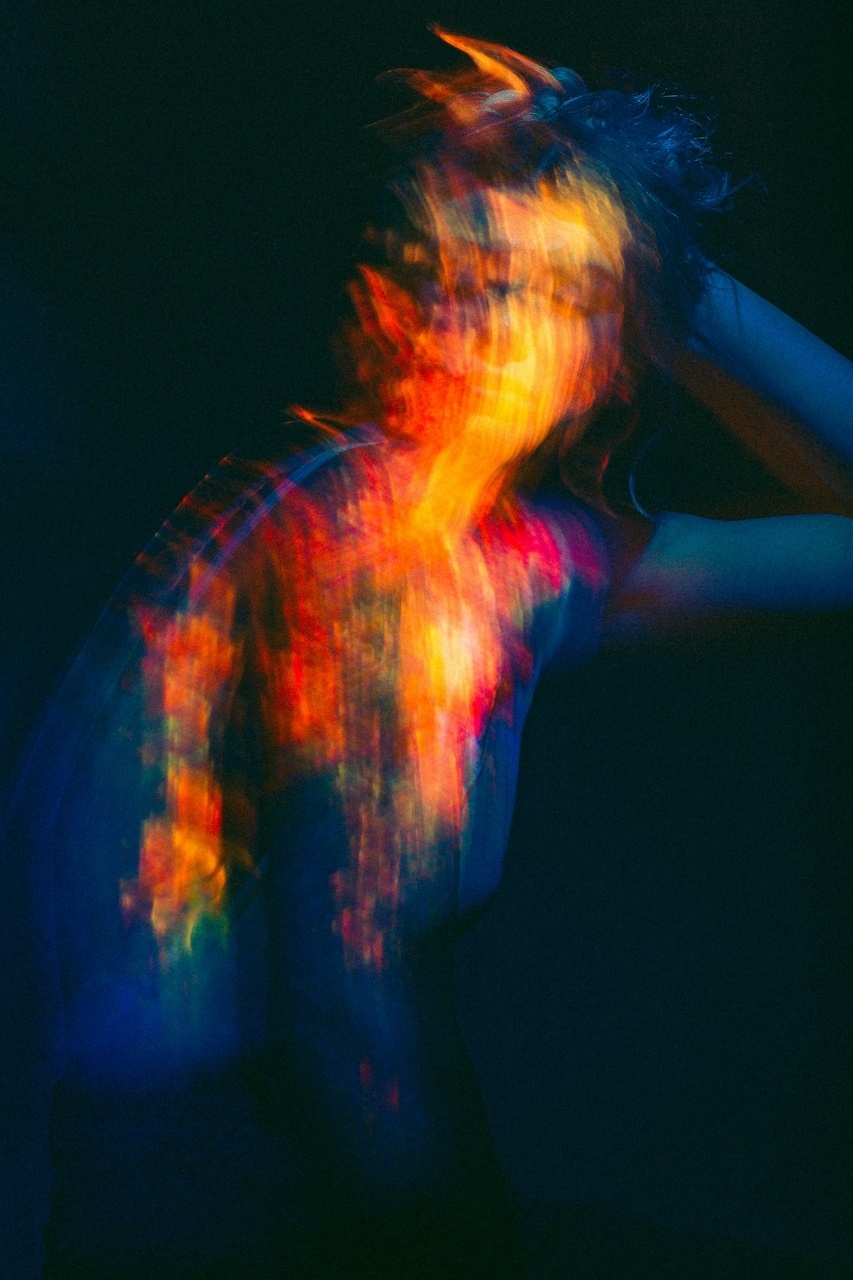
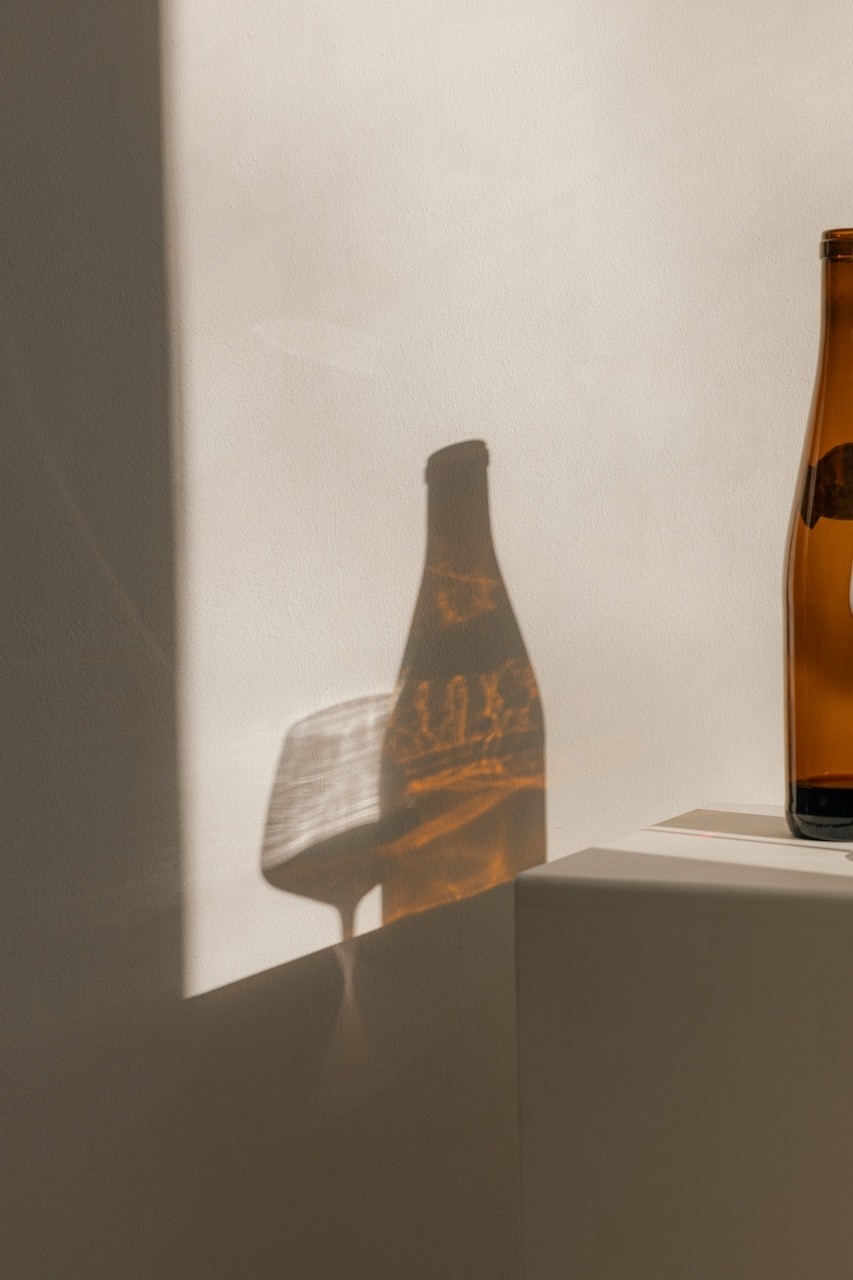
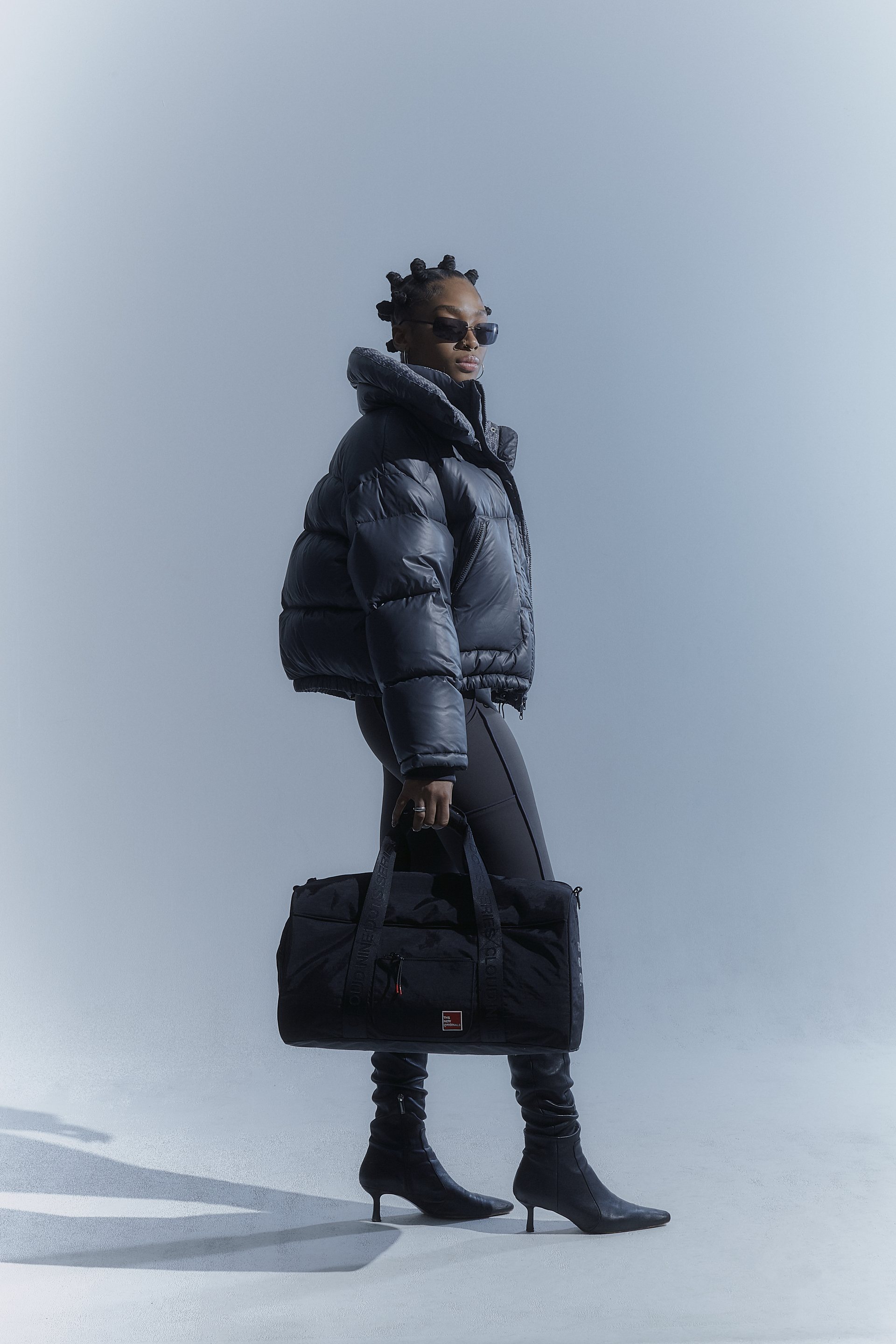
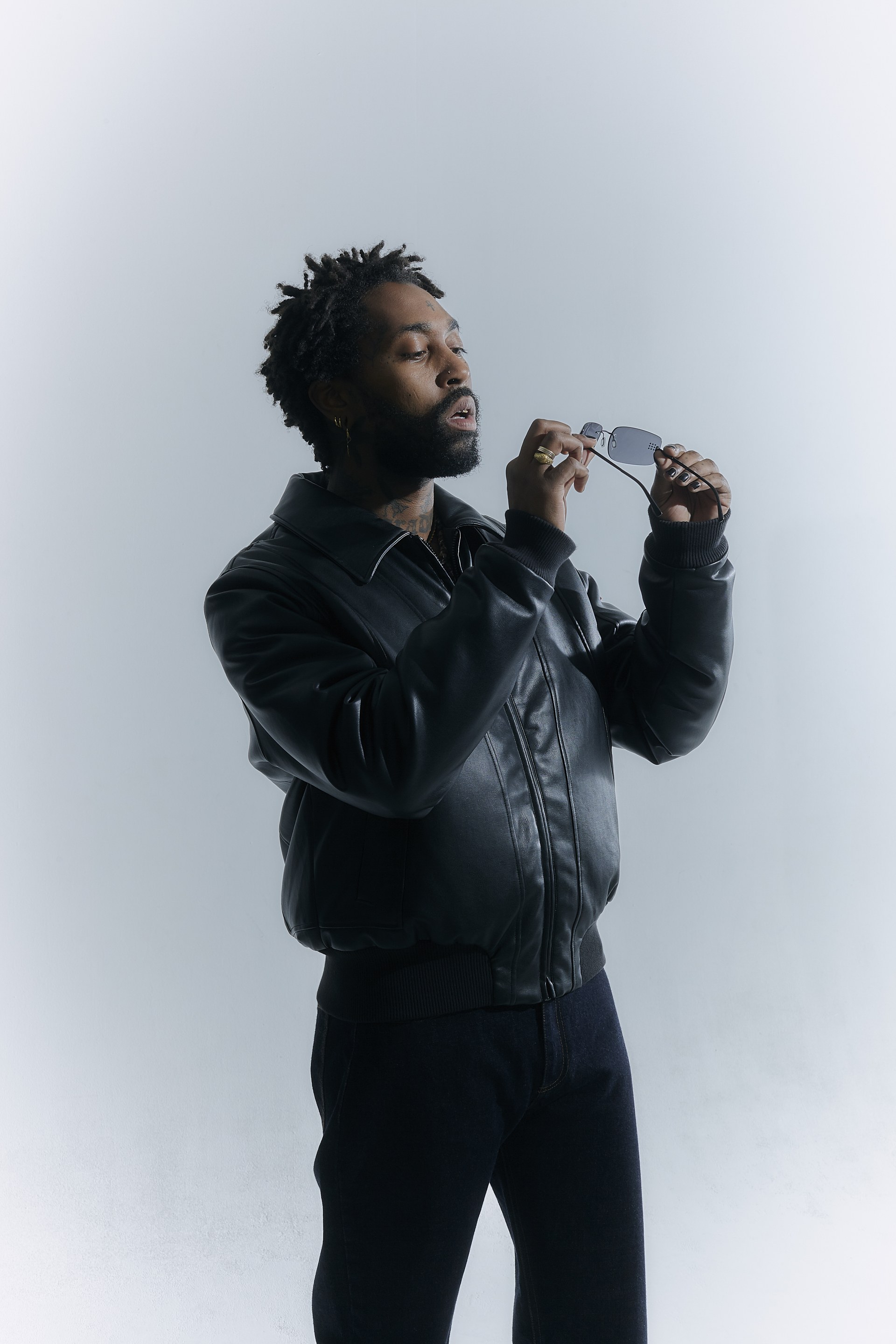


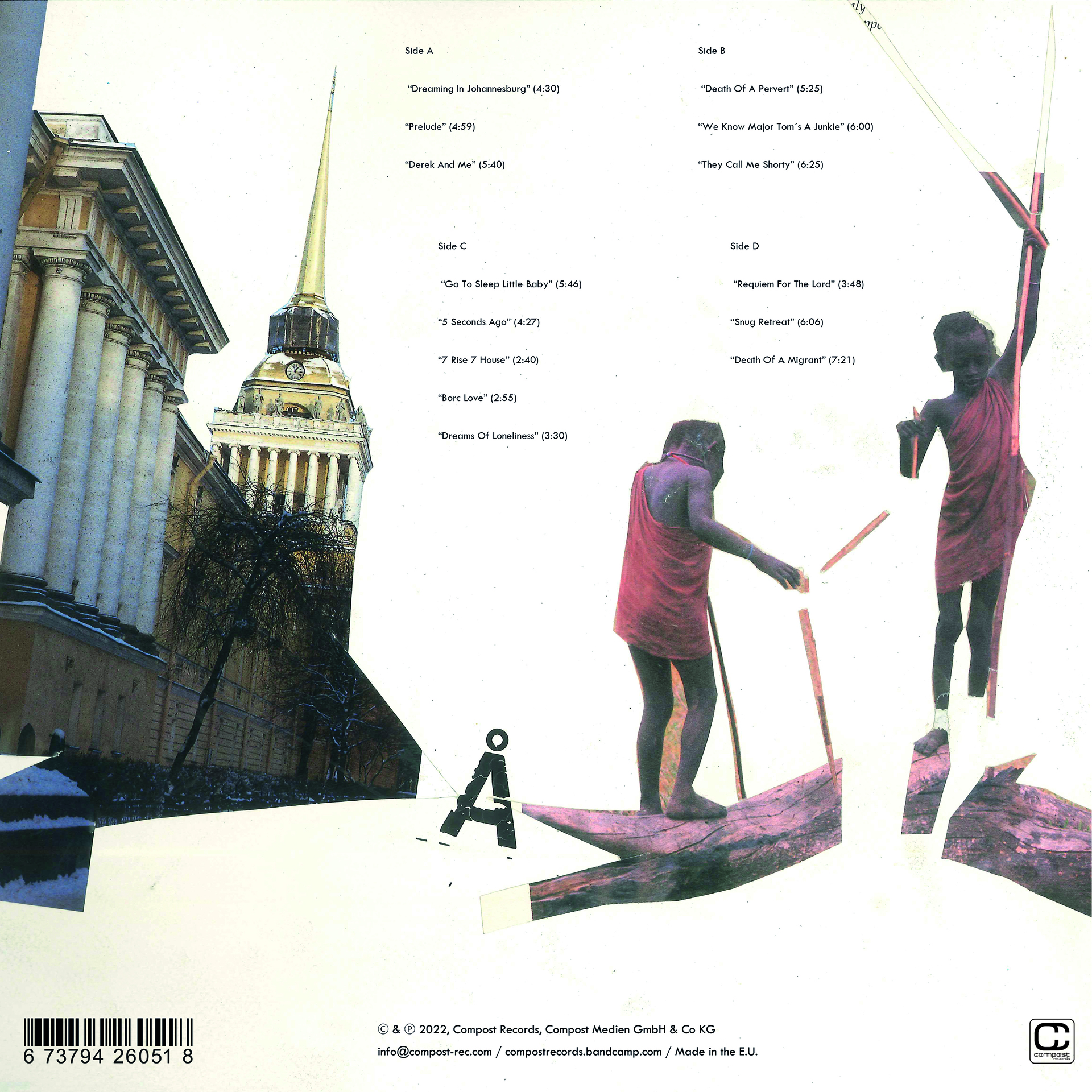
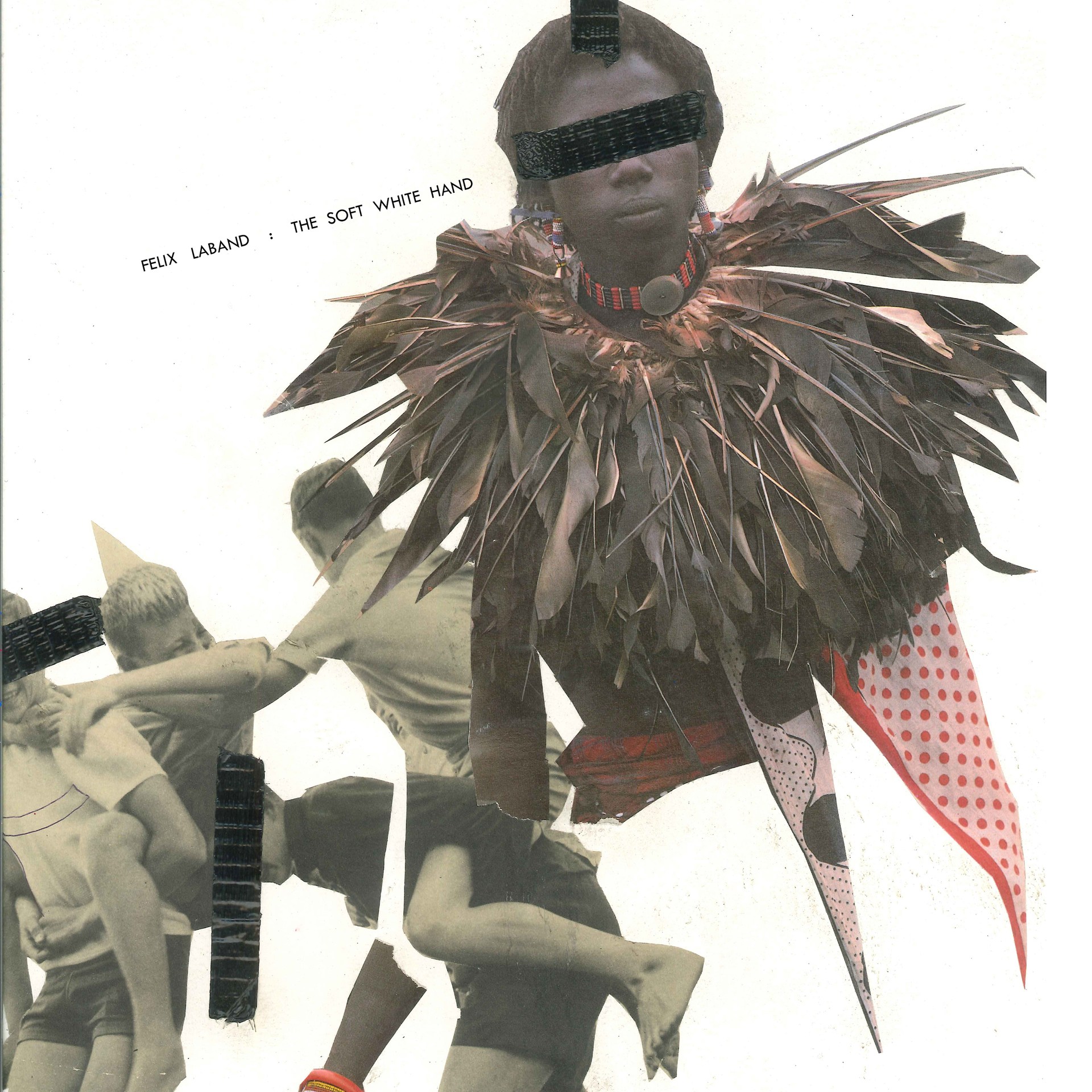
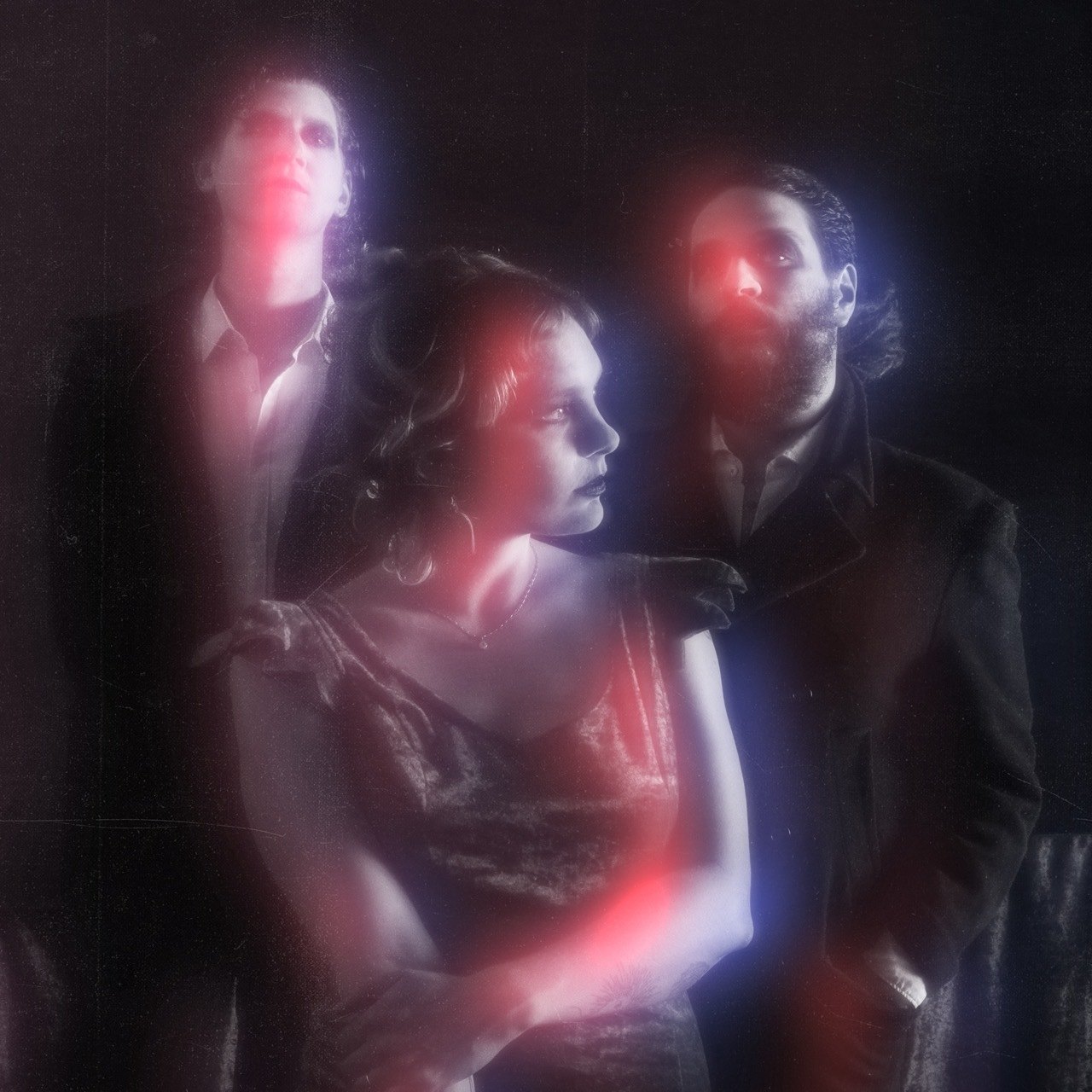
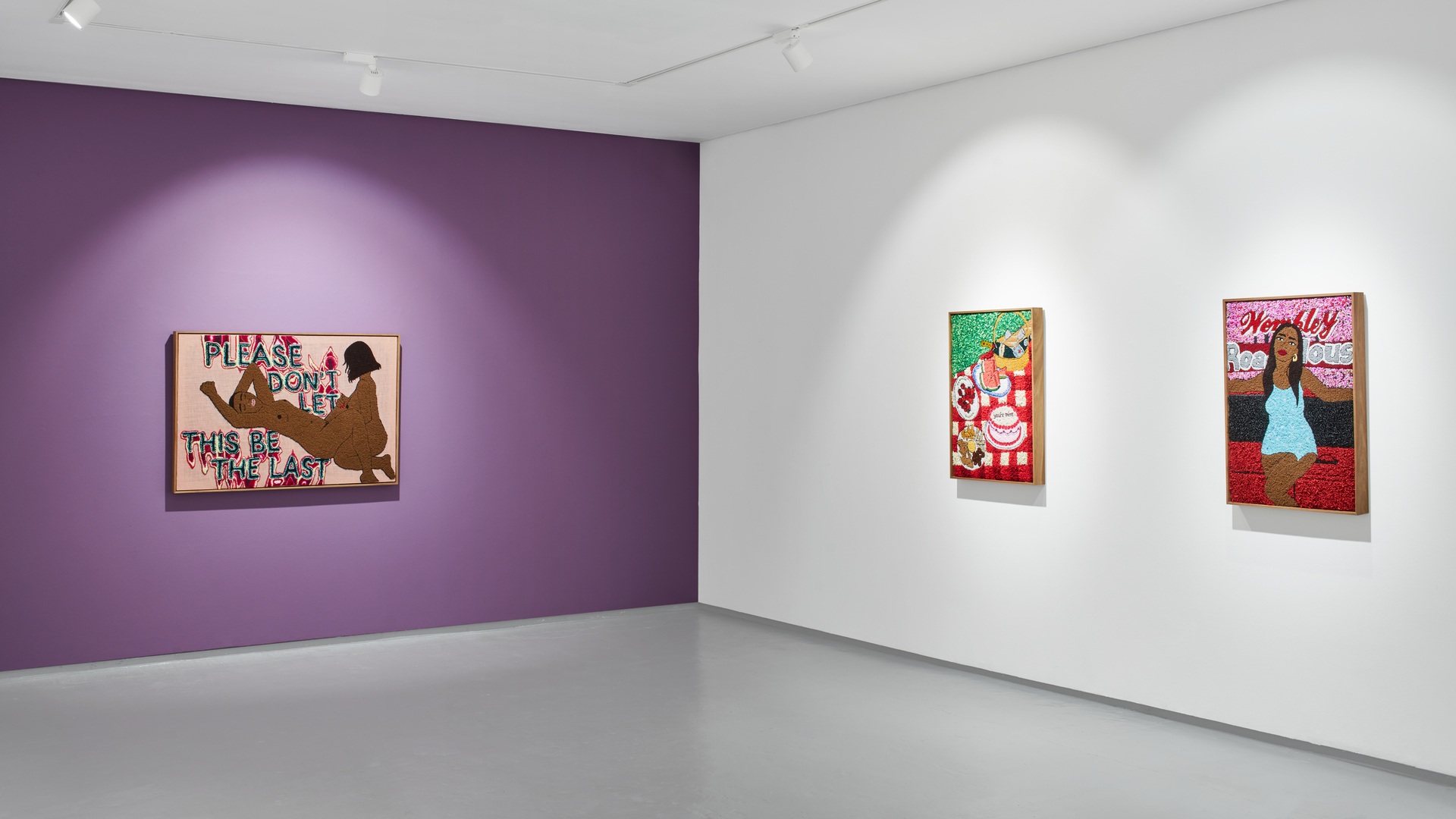
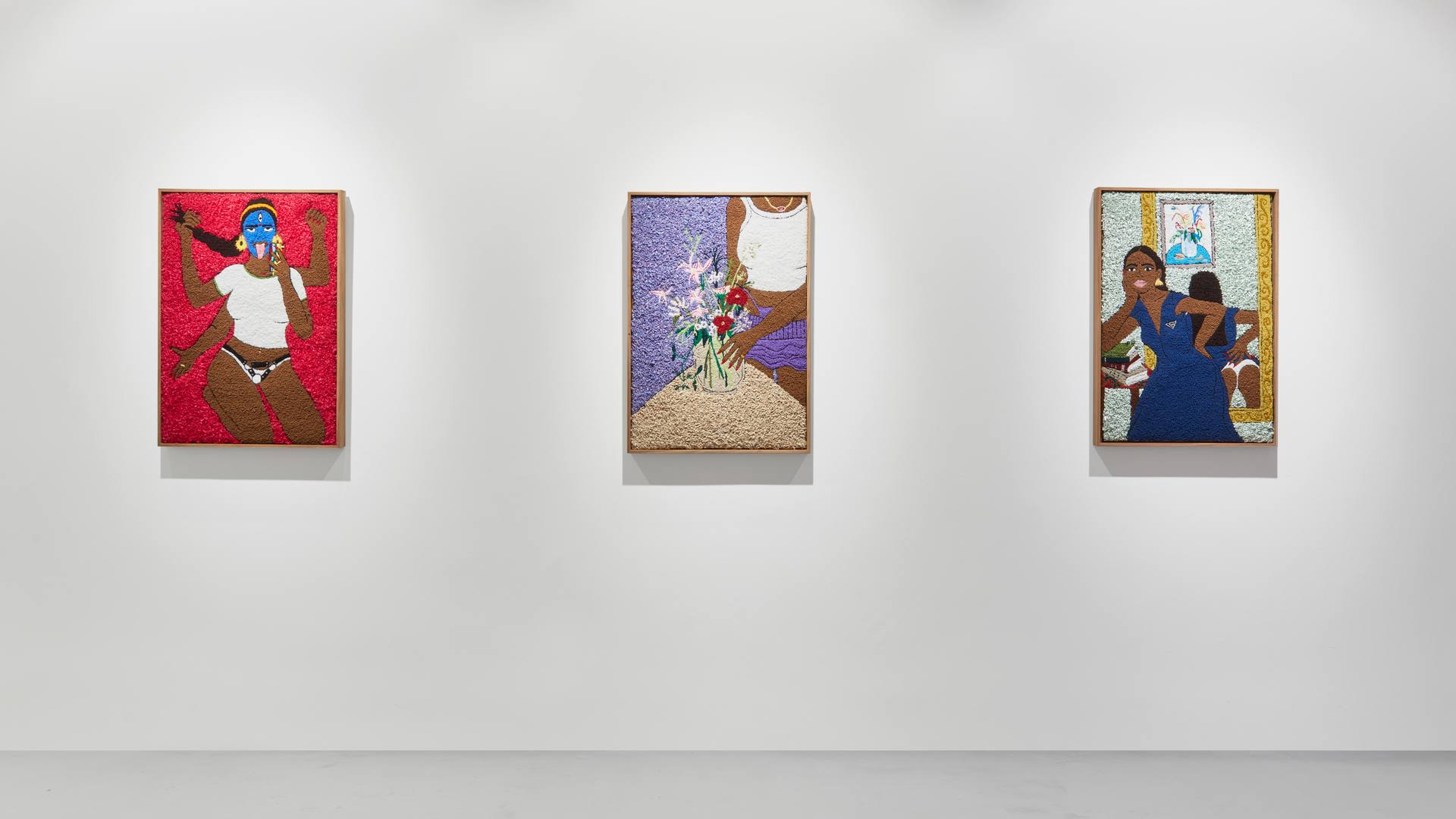
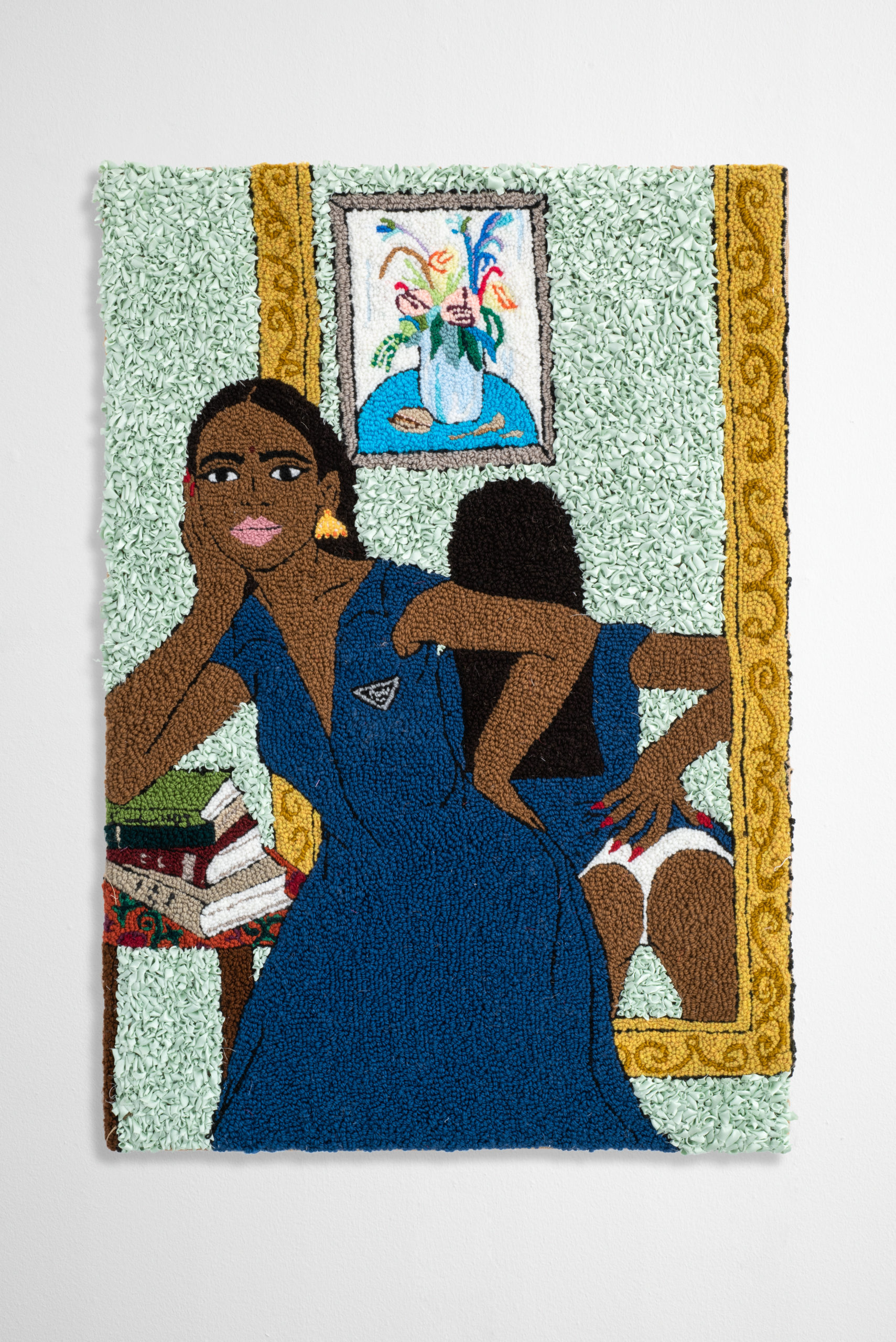

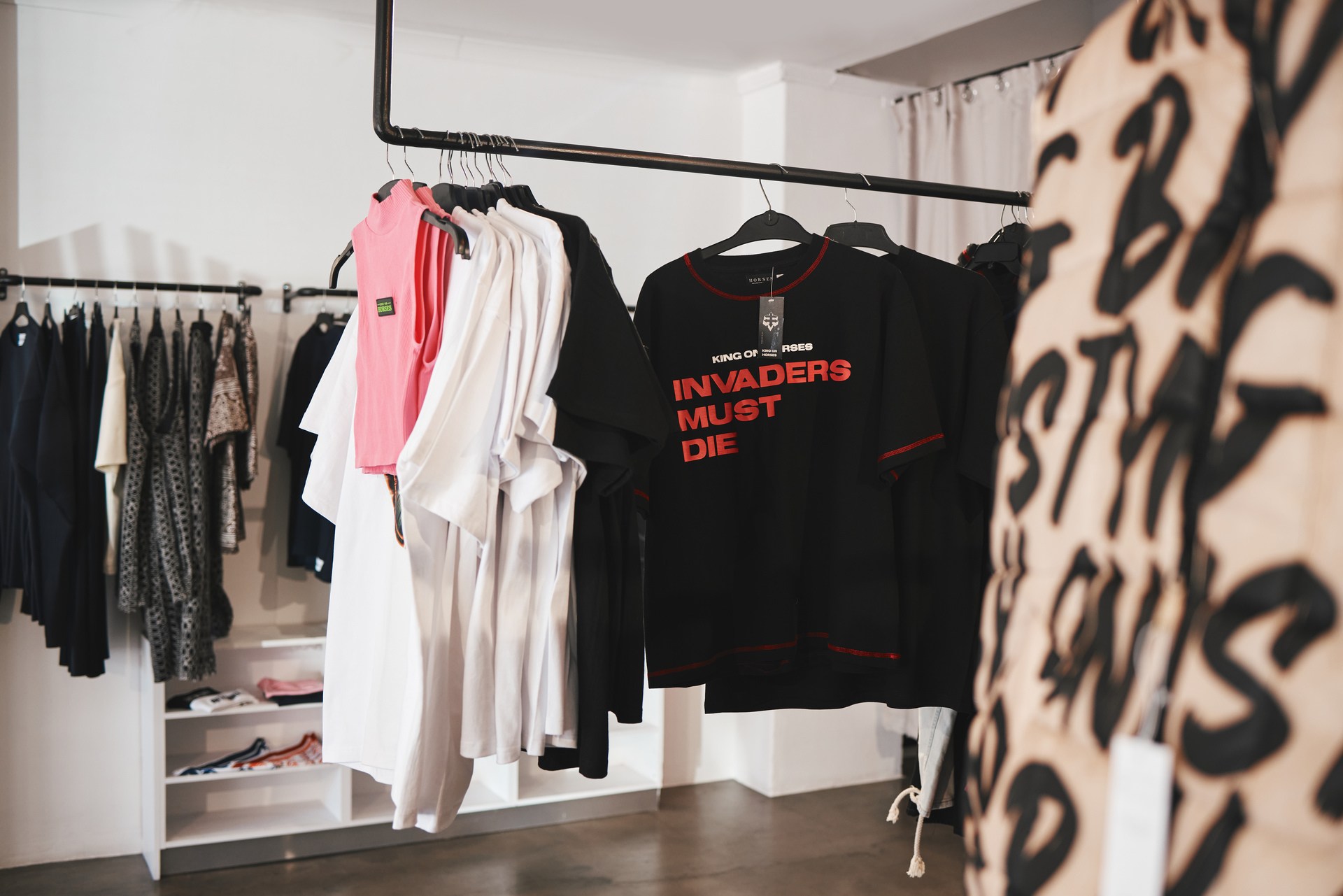
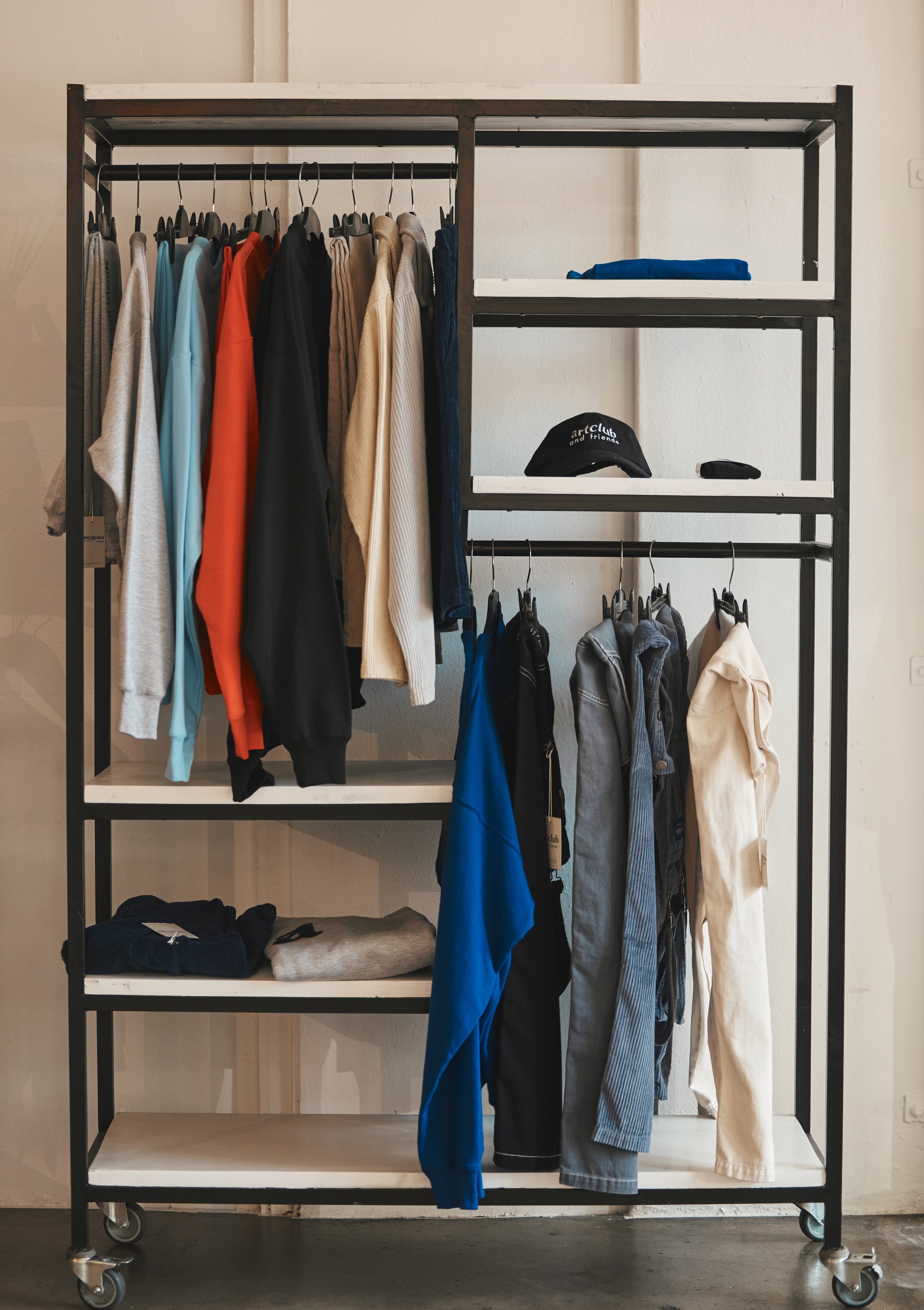
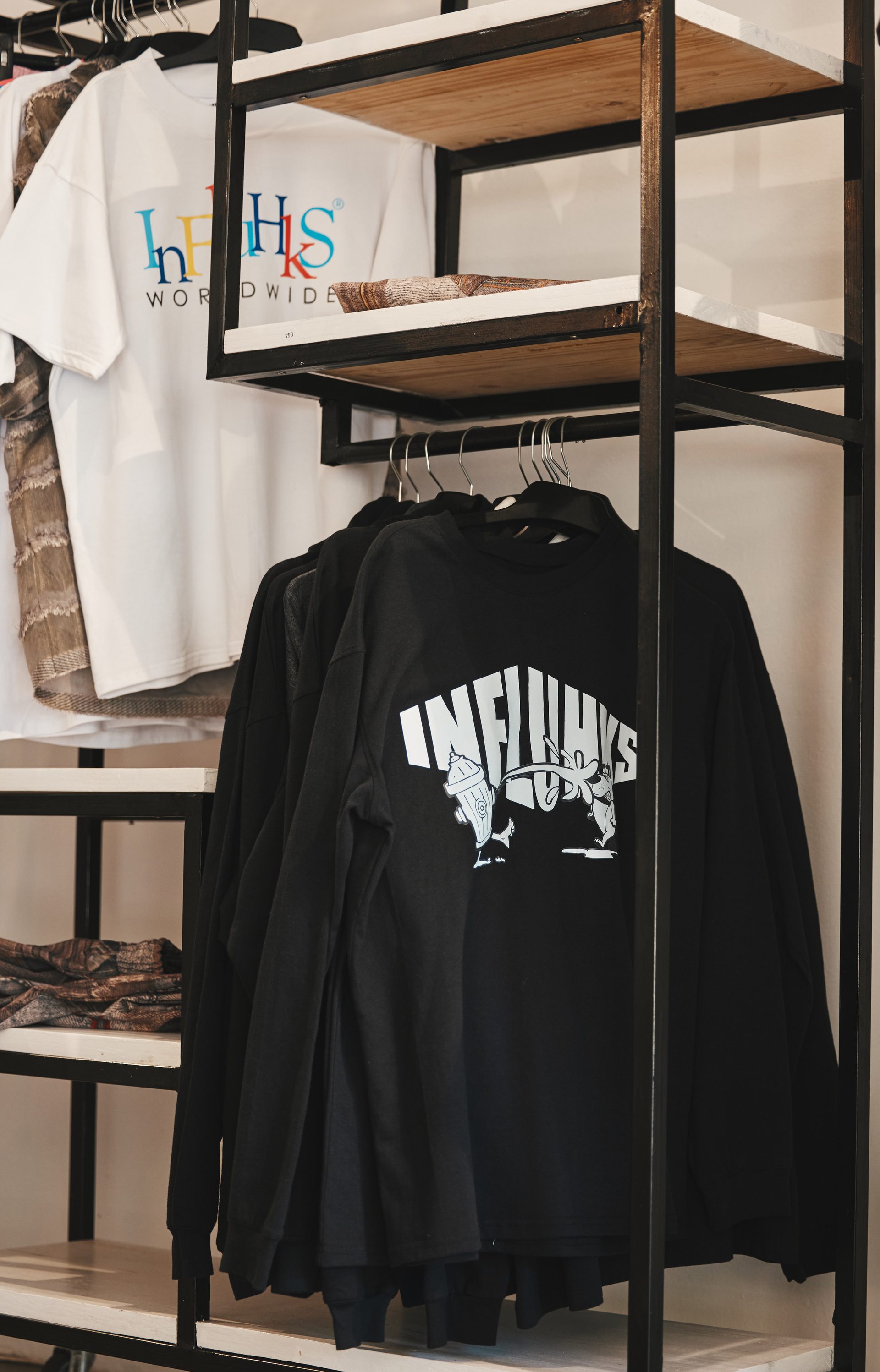
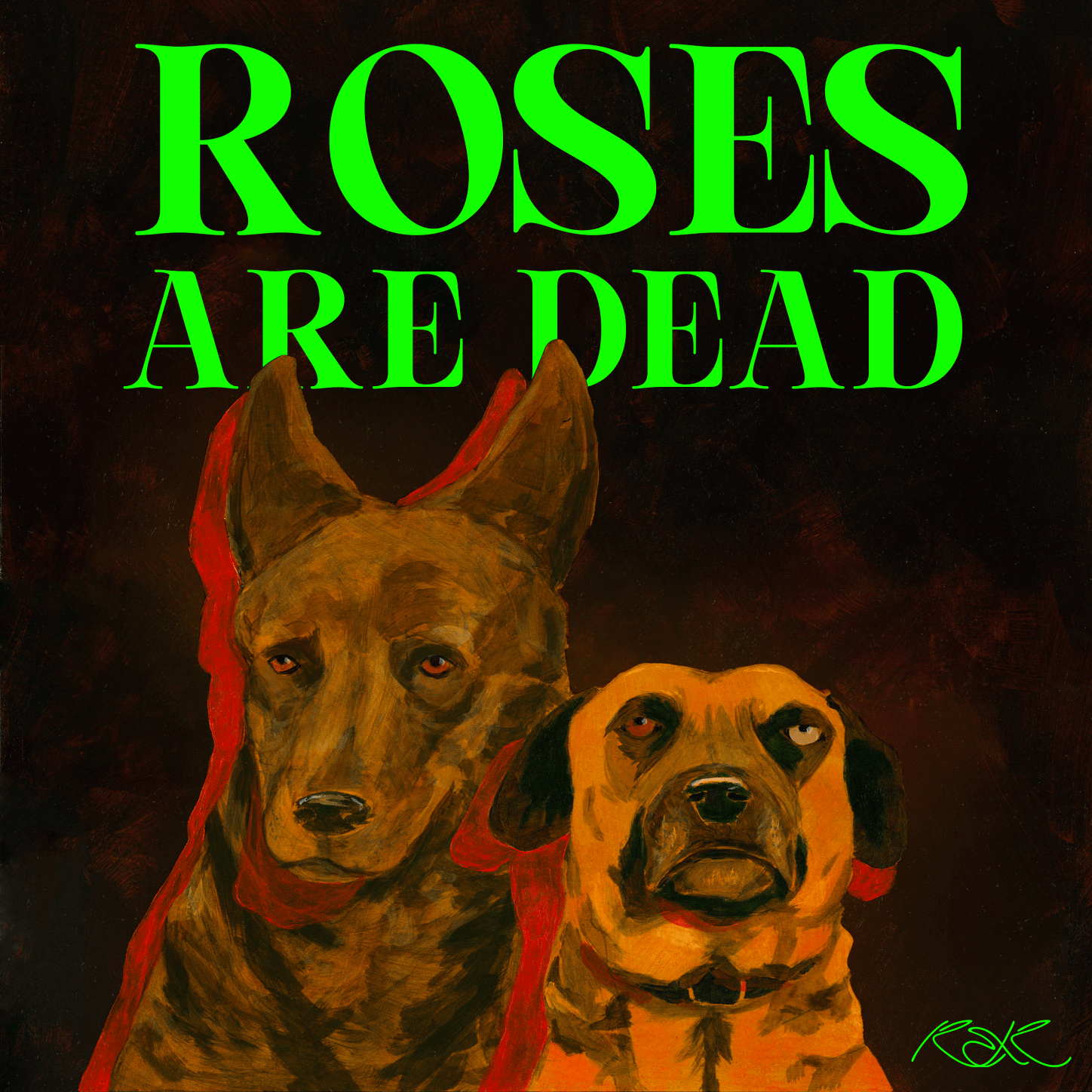
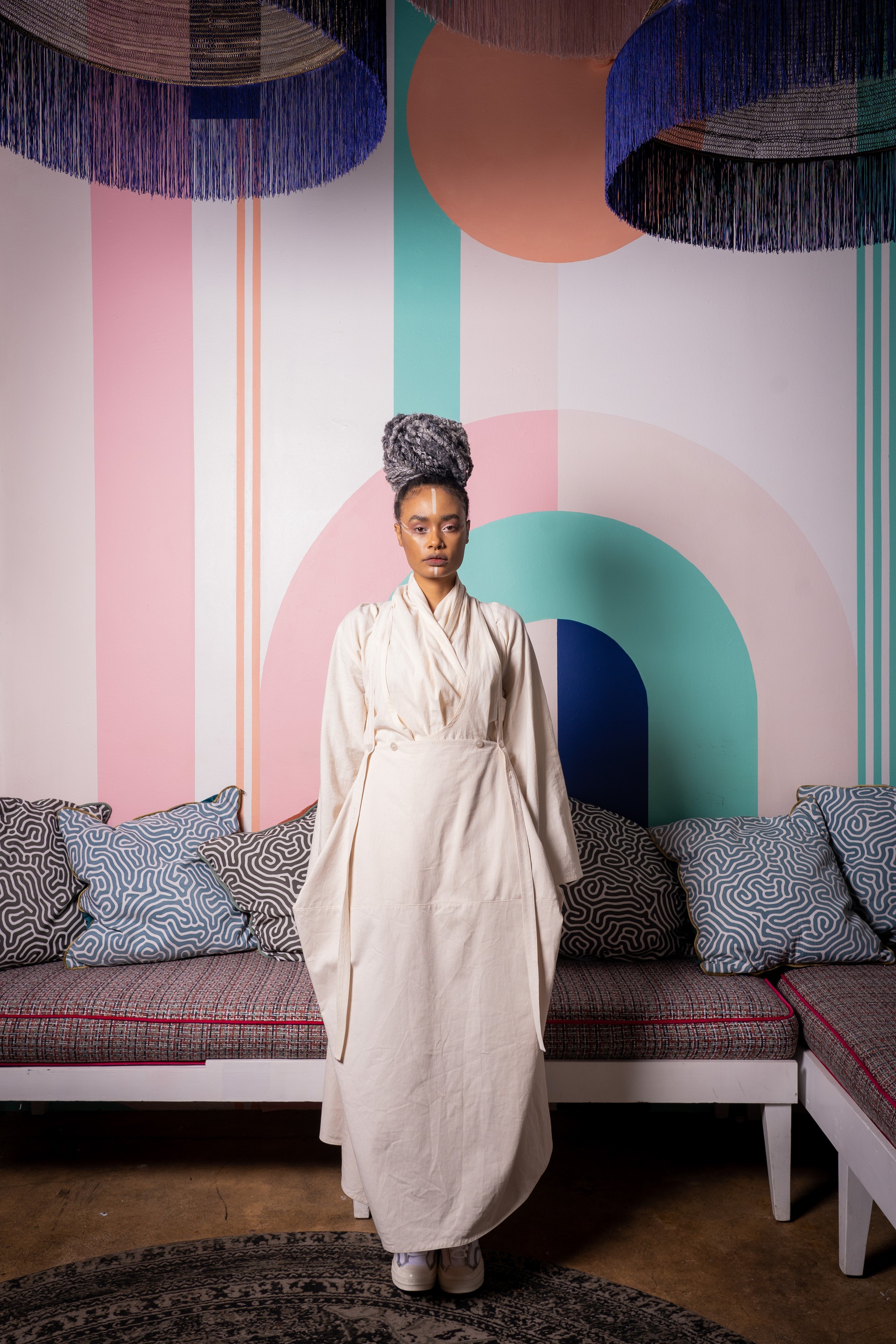
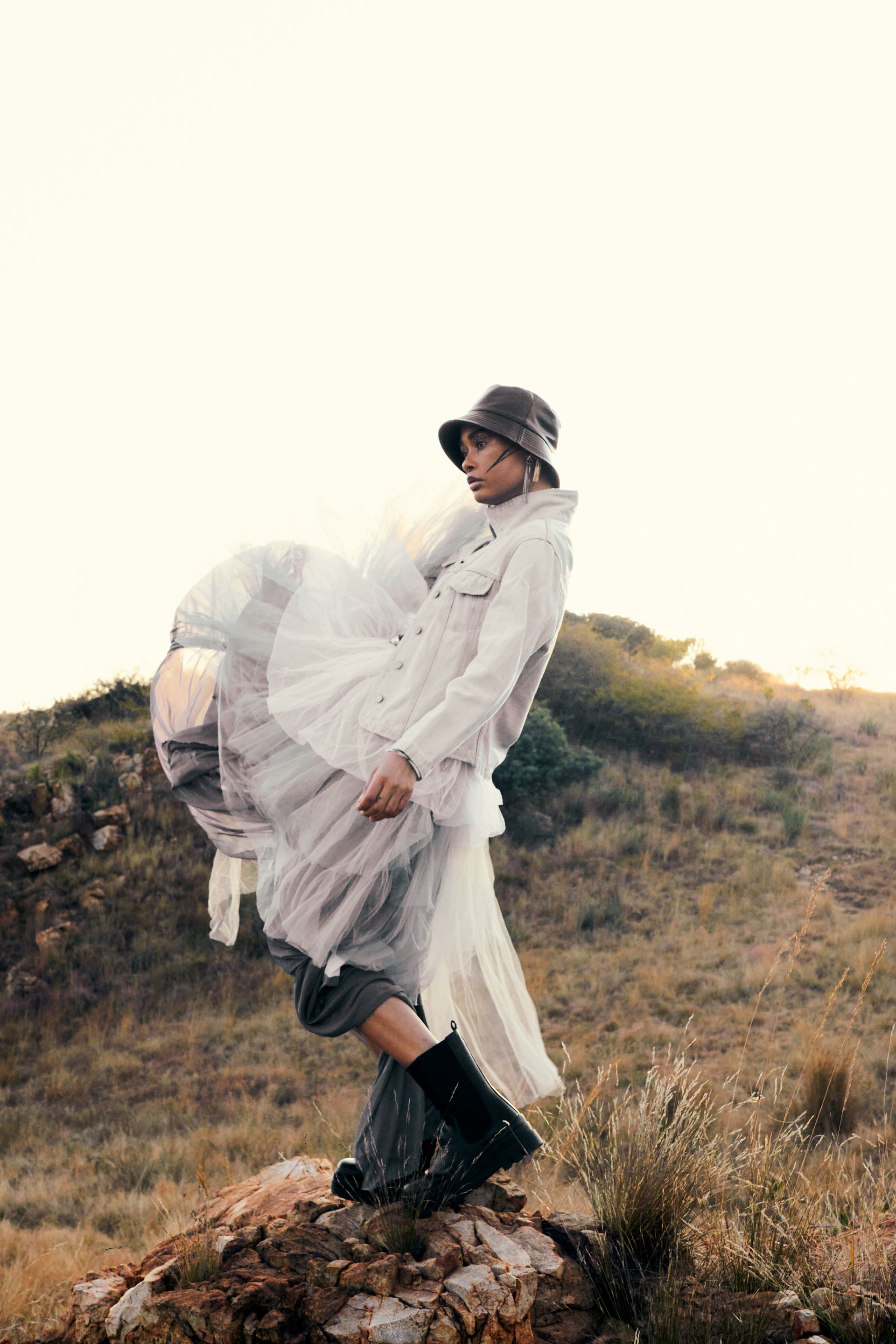
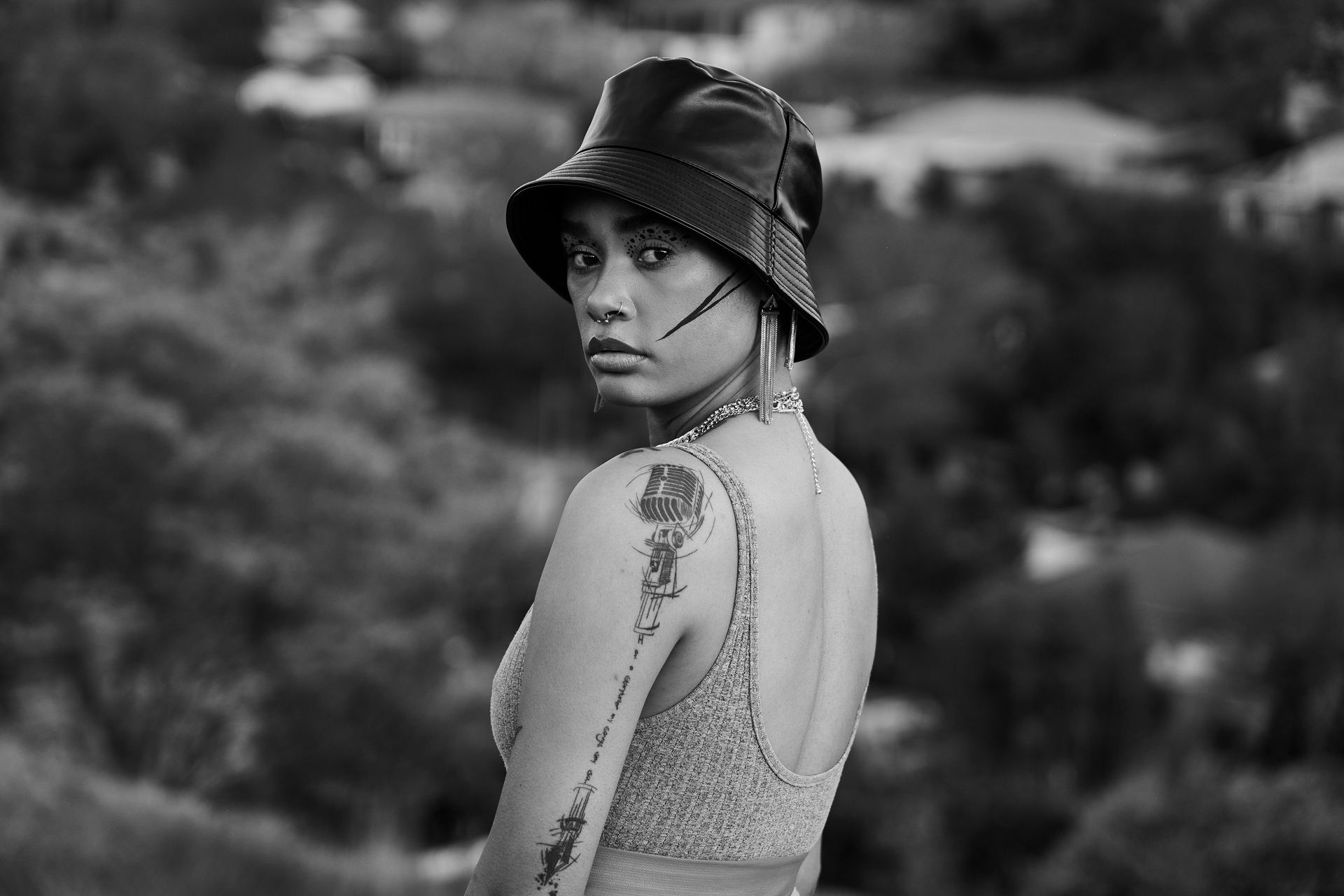
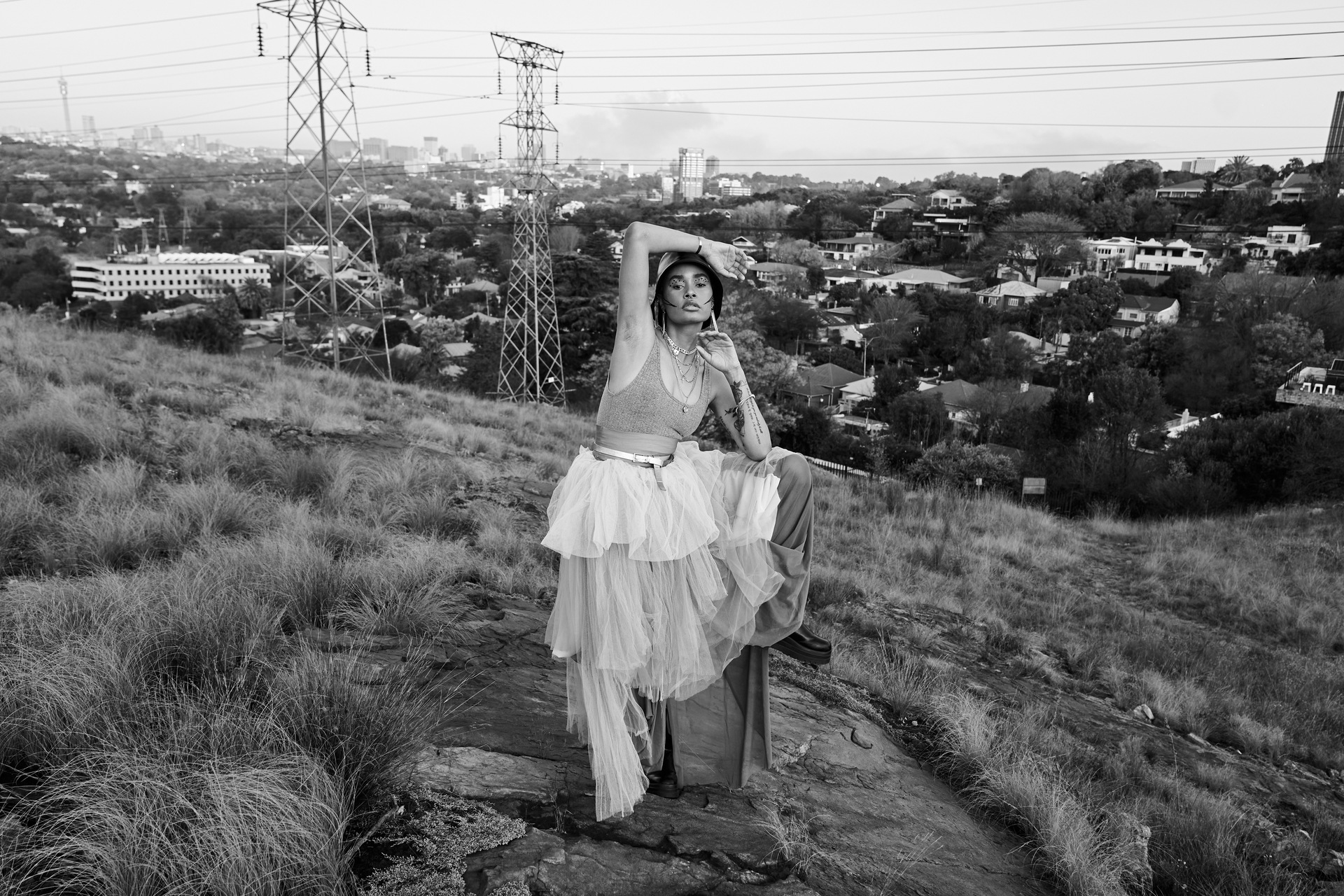
Recent Comments